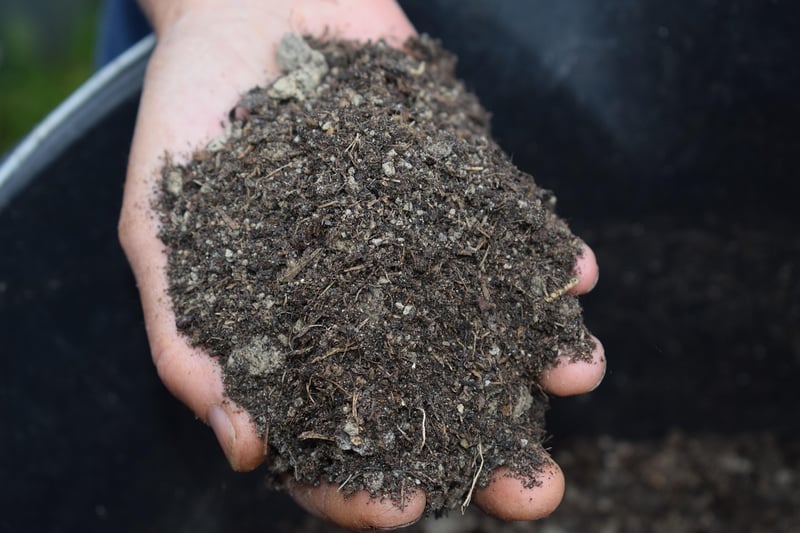Bokashi Method
The Bokashi Method: Revolutionizing Sustainable Soil Practices

When it comes to sustainable soil practices, the Bokashi method stands out as a game-changer in the world of composting and organic farming. This innovative approach not only reduces food waste but also enriches the soil, promoting healthier plant growth and contributing to environmental sustainability.
What is the Bokashi Method?
The Bokashi method is a composting technique that originated in Japan. It involves fermenting kitchen waste using a mix of beneficial microorganisms to break down organic matter quickly and efficiently. Unlike traditional composting methods, Bokashi allows for the decomposition of all types of food waste, including meat, dairy, and citrus peels.
How Does it Work?
The process starts by layering food scraps in an airtight container with Bokashi bran, a mixture of bran infused with effective microorganisms. The anaerobic fermentation that takes place inside the container eliminates foul odors and accelerates the breakdown of organic matter. After a few weeks, the fermented waste can be buried in the soil or added to a compost pile.
Benefits of the Bokashi Method
- Reduces food waste by composting all types of organic matter
- Improves soil structure and fertility
- Enhances plant growth and nutrient uptake
- Minimizes greenhouse gas emissions
- Requires minimal space and no turning of compost piles

Implementing the Bokashi Method in Your Garden
Whether you're an avid gardener or new to composting, the Bokashi method is easy to adopt. By using a Bokashi bucket or bin, you can conveniently ferment food waste in your kitchen and create nutrient-rich soil amendments for your plants. This closed-loop system not only reduces your carbon footprint but also nurtures a healthier ecosystem in your garden.
Give the Bokashi method a try today and witness the transformative impact it can have on your sustainable soil practices!
For more information on sustainable gardening practices, visit Sustainable Gardening.
